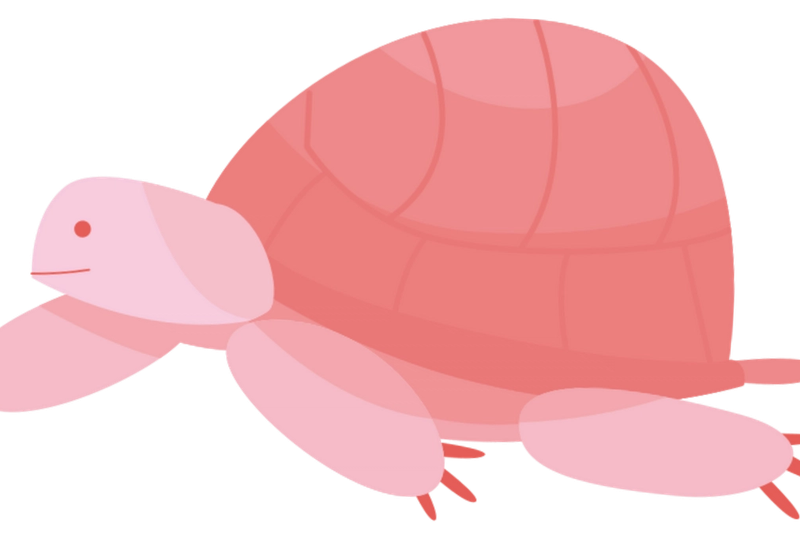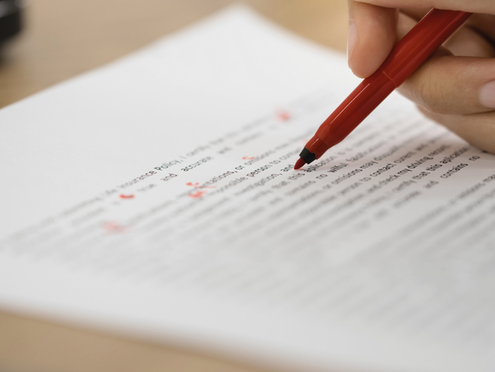What are apostrophes?
Apostrophes are a punctuation mark used to show either omission - usually by contracting two words into one - or possession. They are one of the most common punctuation marks, found in almost every piece of writing ever written in the English language - yet, for many learners, they are one of the most difficult to master.
In this blog, we explore the rules behind apostrophes, common misconceptions, and ways you can address mistakes to reinforce understanding.
Also in our grammar basics series, explore nouns, clauses, commas, full stops and capital letters, KS1 and KS2 grammar, and more on our learning hub.
How apostrophes are used:
Possession
The apostrophe can be used to denote possession. Look at the sentences below:
- John’s car.
- Sarah’s novel.
- John and Sarah’s house.
Each of the sentences above uses an apostrophe to show belonging. The car belongs to John, so it is John’s car. The novel belongs to Sarah, so it is Sarah’s novel. This rule is the same for joint possession, and the apostrophe appears at the end of the last word. This rule changes when using a plural noun:
- The children’s room.
- The cats’ bowl.
Both examples are plurals. When a plural does not end in the letter “s”, the apostrophe acts in the same way as a singular noun, and appears before the final letter. However, if the plural does end in the letter “s”, the apostrophe is placed after the final letter.
Contraction
The second way the apostrophe is used is to indicate the omission of a letter. If a word has had a letter omitted, it is known as a contraction.
- Can’t = cannot.
- It’s = it is.
- Wouldn’t = would not.
- Should’ve = should have.
- Remember: “should of” is grammatically incorrect!
These contractions are used to shorten certain commonly used word combinations. It is important to remember that contractions are real words, so make sure you don’t omit the letters of just anything!
Awkward plural
Apostrophes can also be used in one final way, and this is to form an awkward plural. This use is slightly different to the other uses of apostrophes, as it does not represent an omission or a possession. Instead, the apostrophe is used to clarify an awkward plural:
- There are two m’s in “recommend”.
- My teacher told me my essay used too many and’s!
Both apostrophes are used to show plurals of letters or words that have other functions within a sentence and allow for an extra layer of clarity. A sentence can become very confusing to read without these apostrophes.
Common apostrophe mistakes
Using apostrophes to denote regular plurals
- Southside Bagel’s
- A flock of dove’s
- Crawling snail’s
The similarity between these three phrases is that they all use apostrophes incorrectly - they have used an apostrophe on a regular plural, rather than to omit or show ownership.
The correct plurals would be:
- Southside Bagels - otherwise, it would imply something belonged to the bagels
- A flock of doves
- Crawling snails
If something did belong to the crawling snails, it would be the crawling snail’s home or the crawling snails’ food, depending on how many snails are in the group - we’ll expand on this in the next paragraph.
Using apostrophes on words that already end in “s”
Both children and adults often stumble when figuring out where to put the apostrophe on a plural noun.
For example, if you’re teaching a classroom with multiple James’ - instead of using the traditional pluralisation of James to Jameses, it becomes omitted using an apostrophe after the S.
And what about for groups of nouns? For example, a computer in a staff room belongs to multiple teachers, and not just one - it is the teachers’ computer.
Because teachers is already pluralised with an S, the apostrophe is used to avoid using teachers’s and make the sentence neater.
Here are some more examples:
- The lawyers’ paperwork.
- The lions’ den.
- The mountains’ valleys.
Some exceptions include plurals which do not have an S on the end:
- The children’s playroom.
- The people’s community.
- The octopi’s habitat.
The way we use apostrophes is just another reminder that grammar in the English language becomes increasingly complicated the deeper we dive - but it doesn’t have to be complicated to teach to your learners. Bedrock’s grammar curriculum uses a self-marking, deep-learning algorithm to provide consistent grammar instruction, driven by engaging videos and activities to promote mastery.




